Affiliate links on Android Authority may earn us a commission. Learn more.
Sony Xperia XZ1 and XZ1 Compact announced with Oreo on board

Sony hasn’t had the best of runs over the past few years, but after a lot of restructuring, the company is rebuilding from the bottom up. Since the switch to Xperia X branding, Sony has arguably released as many phones as it ever did, but with the launch of the Xperia XZ1 and Xperia XZ1 Compact at IFA today, the company is hoping its new camera can help rekindle consumer interest.
Just as Samsung remains the only company to step away from the norm and consistently launch stylus-enabled Galaxy Note devices, Sony is also stepping away from the norm with its Compact range. The majority of the smartphone industry plays it safe with devices with screens measuring between 5.2 and 5.7 inches, but Sony’s Compact range focuses on offering a flagship experience in a smaller package.
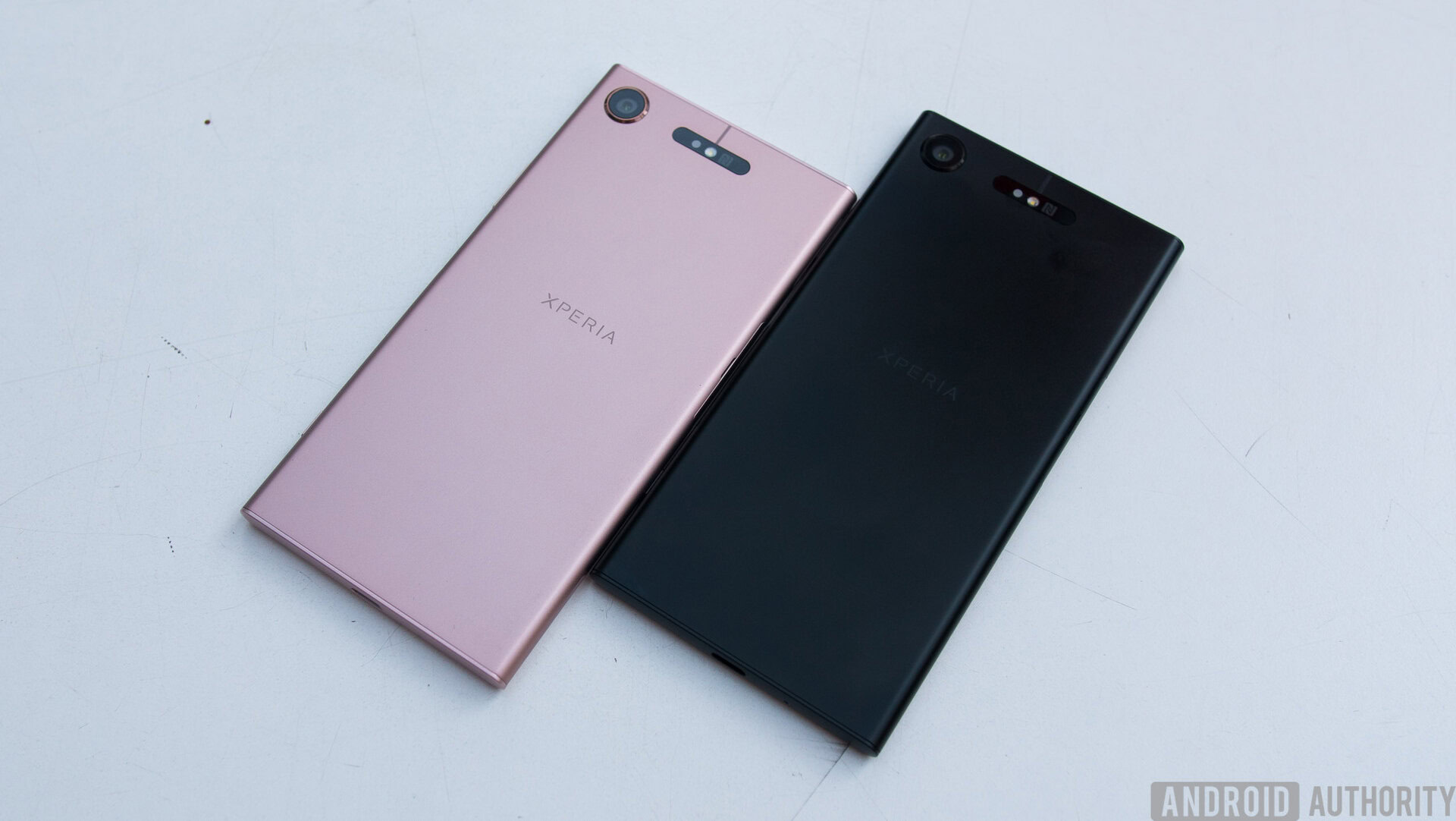
A new use for mobile photography
Like previous years, the Xperia XZ1 and Xperia XZ1 Compact share a lot of the same features, with a few subtle differences. The biggest feature on both devices is Sony’s new Motion Eye camera, which aims to show off the company’s prowess in imaging. A well-known fact is that Sony provides the imaging sensors for most Android smartphones launched on the market, but the company’s own smartphones don’t traditionally make the best use of these sensors.
On both of these devices, the Motion Eye camera pairs a 19MP camera with a 1/2.3” Exmor-RS for mobile sensor, a 25mm wide G lens with F/2.0 aperture and 1.22µm pixel size for all-round shooting. There’s also Sony’s triple image-sensing technology, predictive hybrid auto-focus and the stand out feature from the Xperia XZ Premium: 960fps Super slow-motion video. Steady-shot 5-axis stabilisation promises stable photo and video recording, and you can shoot up to 4K video on both devices.
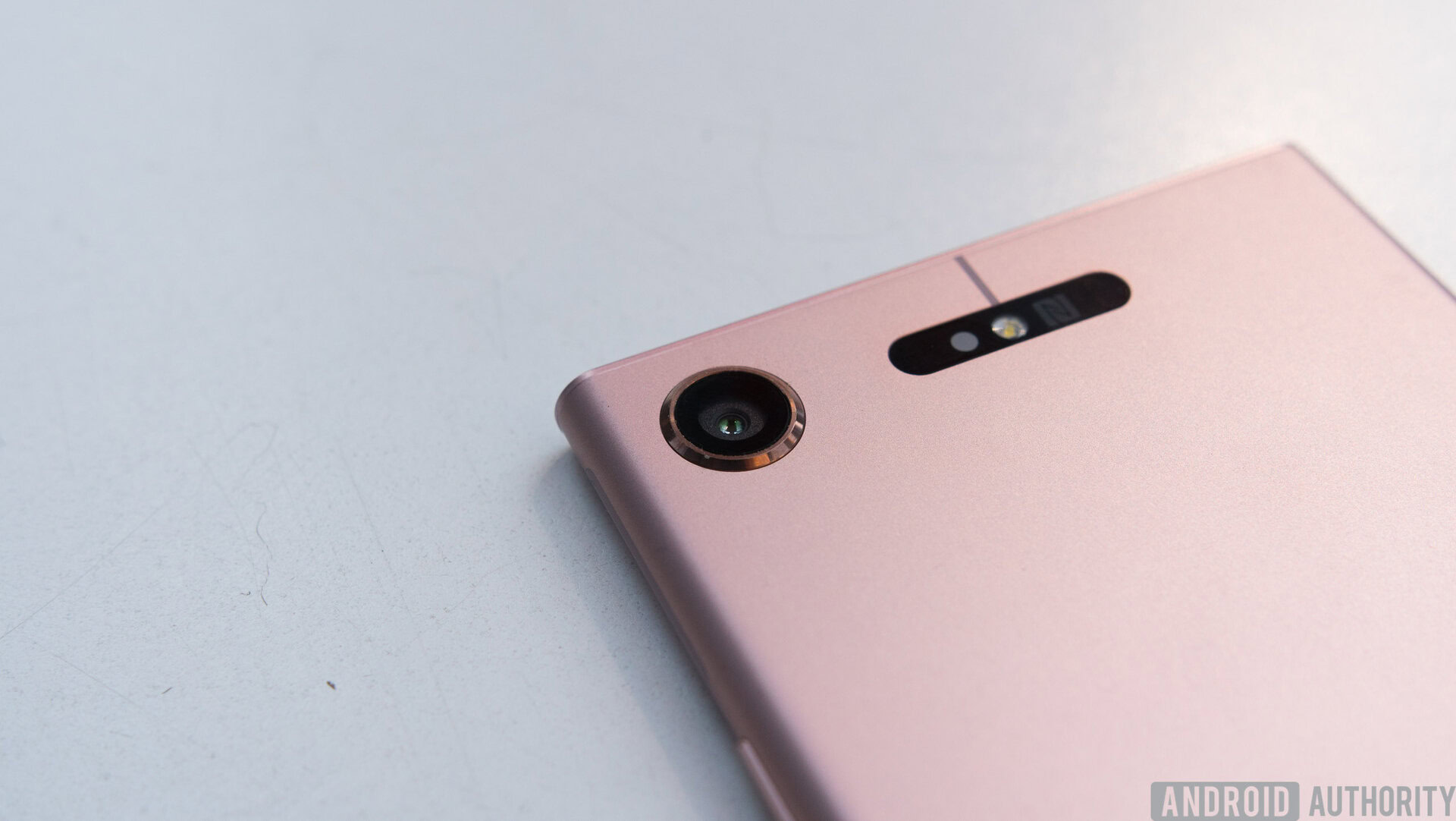
The reason you might be interested in the Motion Eye camera isn’t the hardware specs. Instead, it’s what Sony is letting you do with them. The Motion Eye app allows you to scan your face or your full head and it then renders both of these in 3D. From here, there are several uses including creating custom wallpapers, an AR effect (where you can put multiple of you in one picture), gaming and 3D Printing.
For gamers, Sony says you can scan yourself and then share it to your PlayStation account in order to create a life-like avatar quickly and effortlessly. For those more interested in the physical world, Sony is teaming up with 3D Printing partners to let you scan your head or face, and then print a physical copy.
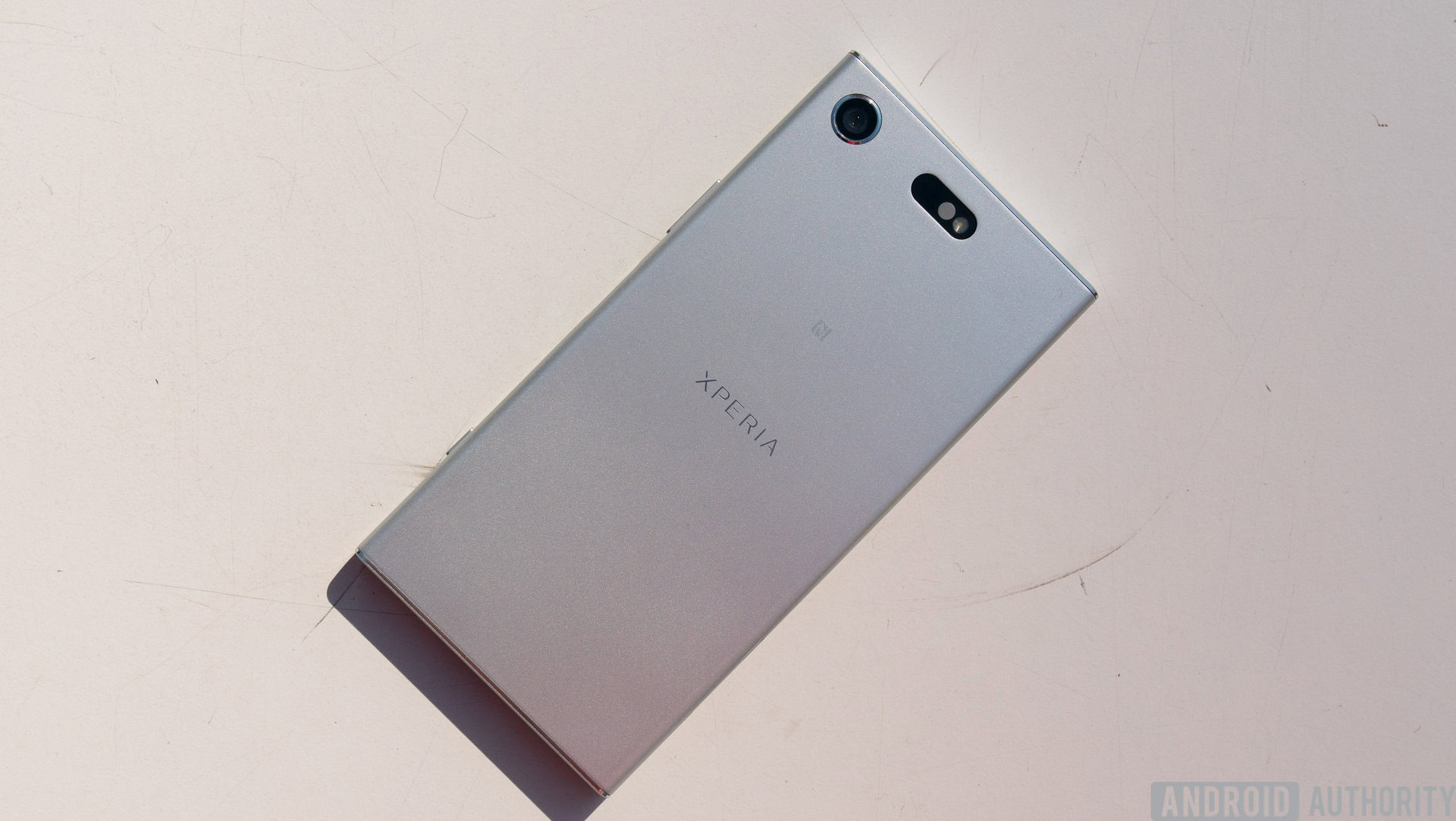
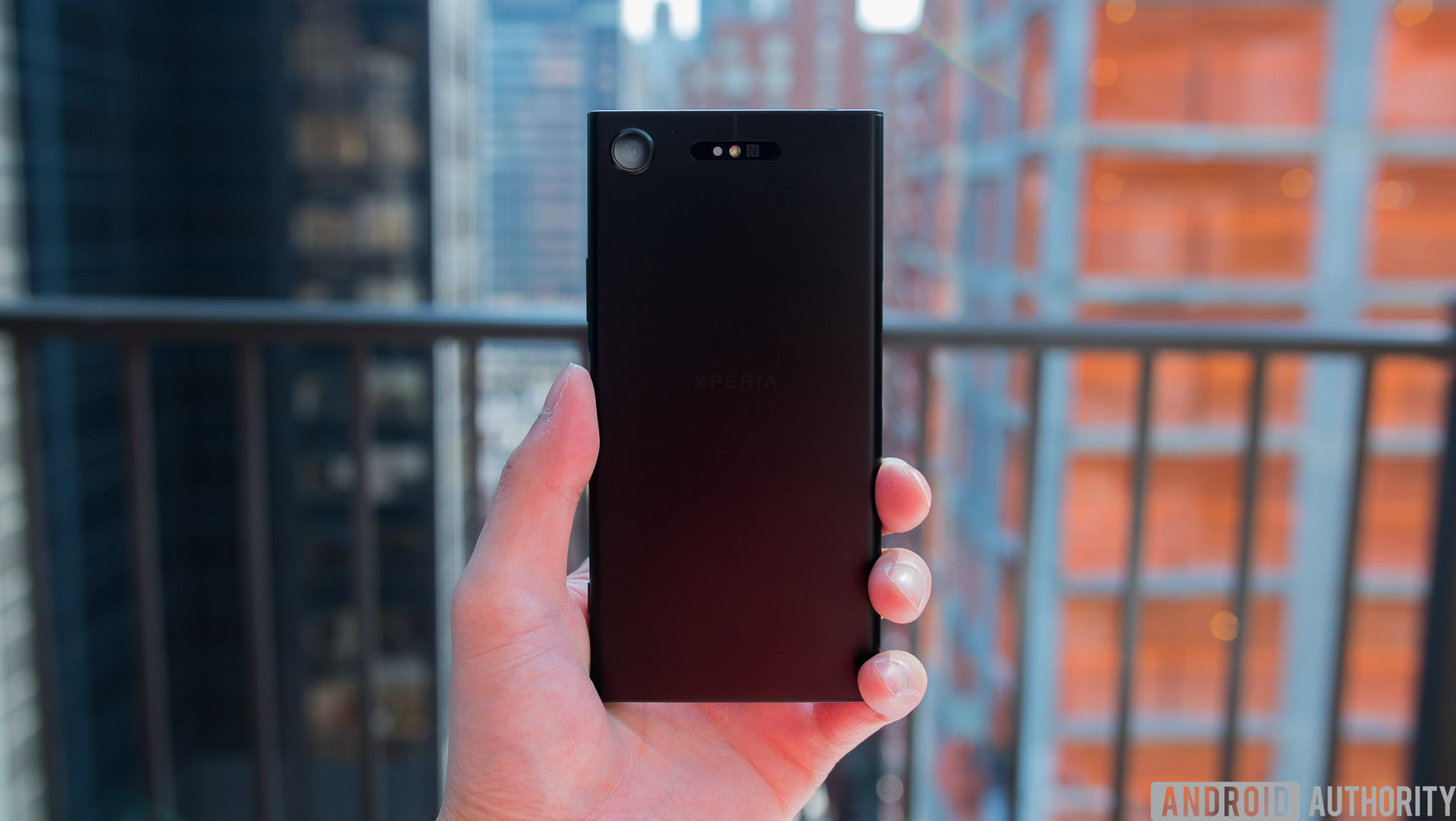
For its latest devices, Sony’s Predictive Capture mode attempts to capture unexpected motion such as your child’s smile, which every parent knows can be a nightmare to capture. The addition of Burst Focus means that even when taking burst shots while moving, they should come out clear and in focus. In a quick comparison, Sony says its camera always remains in focus using Burst Focus while the iPhone 7 Burst mode results in several pictures that are out of focus.
Flagships come in different sizes
Camera aside, what else do these devices offer and should you buy them? The Xperia XZ1 is the flagship of the two, but the Xperia XZ1 Compact is arguably the more impressive.
The Xperia XZ1 brings a 5.2-inch Full HDR display that Sony claims offers up to 700 nits brightness, and is HDR rated. Sony says it will support streaming HDR content directly from YouTube, Netflix and Amazon Prime Video, so there should be plenty of content to make use of the HDR display. The 13MP front camera is a 1/3.06” Exmor RS sensor with 22mm focal length that offers a 90° field of view and should be great for group selfies.
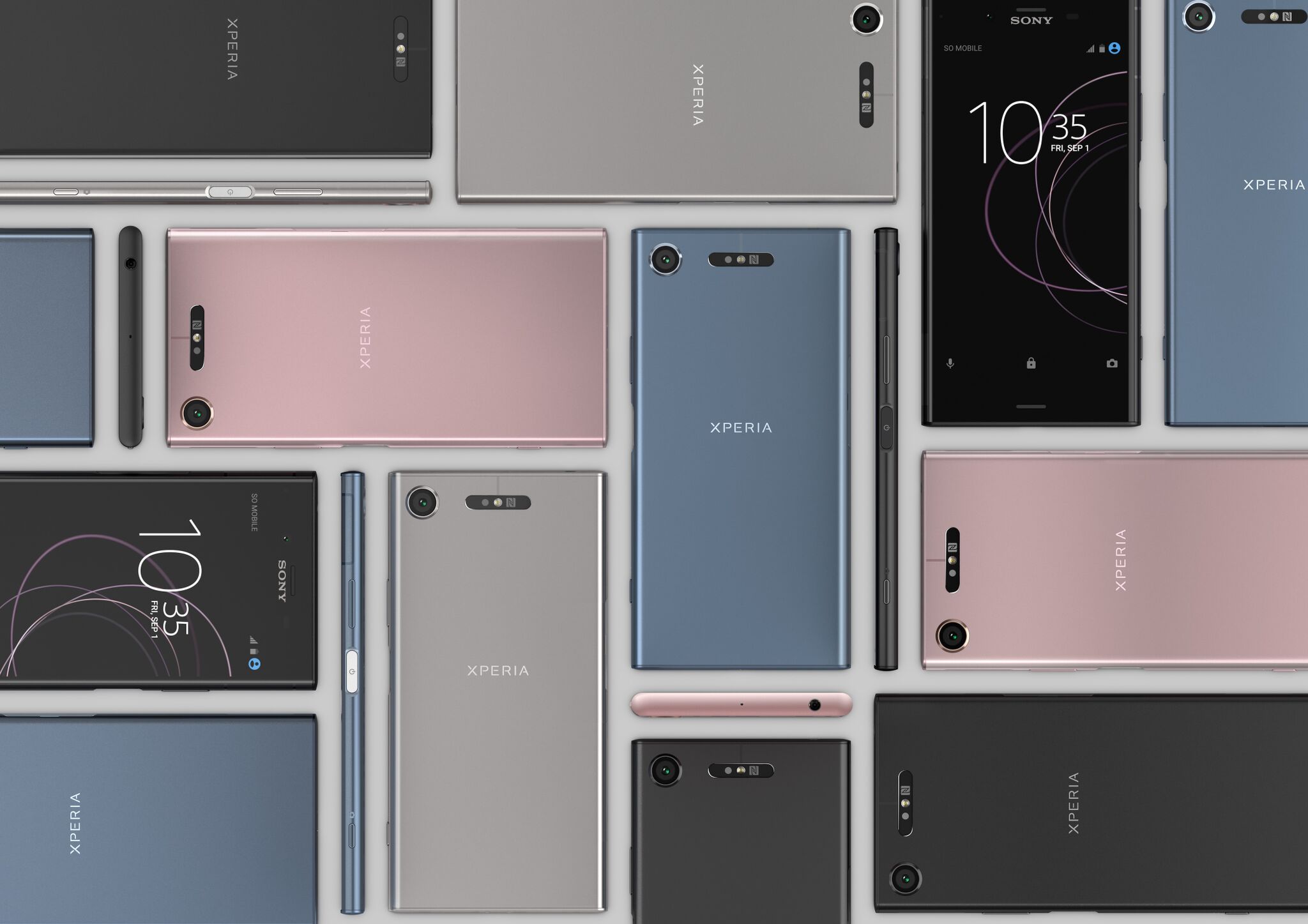
There’s also 64GB of storage, the choice of single SIM or dual SIM depending on your market, LTE Cat 16 with Gigabit LTE and 4×4 MIMO, and Bluetooth 5.0. It measures in at a very respectable 7.4mm thin, weighs 155 grams and has a 2,700 mAh battery that Sony says should last over a day thanks to its Stamina mode. It’ll be available in Black, Warm Silver, Moonlight Blue and Venus Pink.
[related_videos align=”left” type=”custom” videos=”720962,718314″]
As with previous years, both of these devices share some similar specs which include the latest Snapdragon 835 processor, 4GB of RAM, DLNA, Bluetooth 5.0, IP68 water and dust resistance, expandable storage and Gorilla Glass 5 protection. In global markets, both devices come with a fingerprint sensor embedded into the power button, but just like the Xperia XZ Premium and past Sony devices, this feature is missing again from the US model.
On the design front, both look very similar but the Xperia XZ1 uses a loop surface and seamless metal body design, while the Xperia XZ1 Compact combines a metal panel with a glass woven, plastic body for a robust, but boxier design.
Sounds promising
Audio is a key feature for both devices, and the list of audio features is pretty large. Both come with front-facing S Force Surround sound speakers, that Sony claims offers 50% more sound pressure thanks to the new smart amp. Both device support High Resolution Audio and come with support for DSEE HX, LDAC and AptX-HD as well.
Is smaller better?
While the Xperia XZ1 is arguably the better flagship, the Xperia XZ1 Compact might be the one that stands out more, thanks to its distinctive, diminutive size. In true Compact fashion, it comes with a lot of the same features as the Xperia XZ1 but has a 4.6-inch 720p display that offers up to 600 nits brightness.
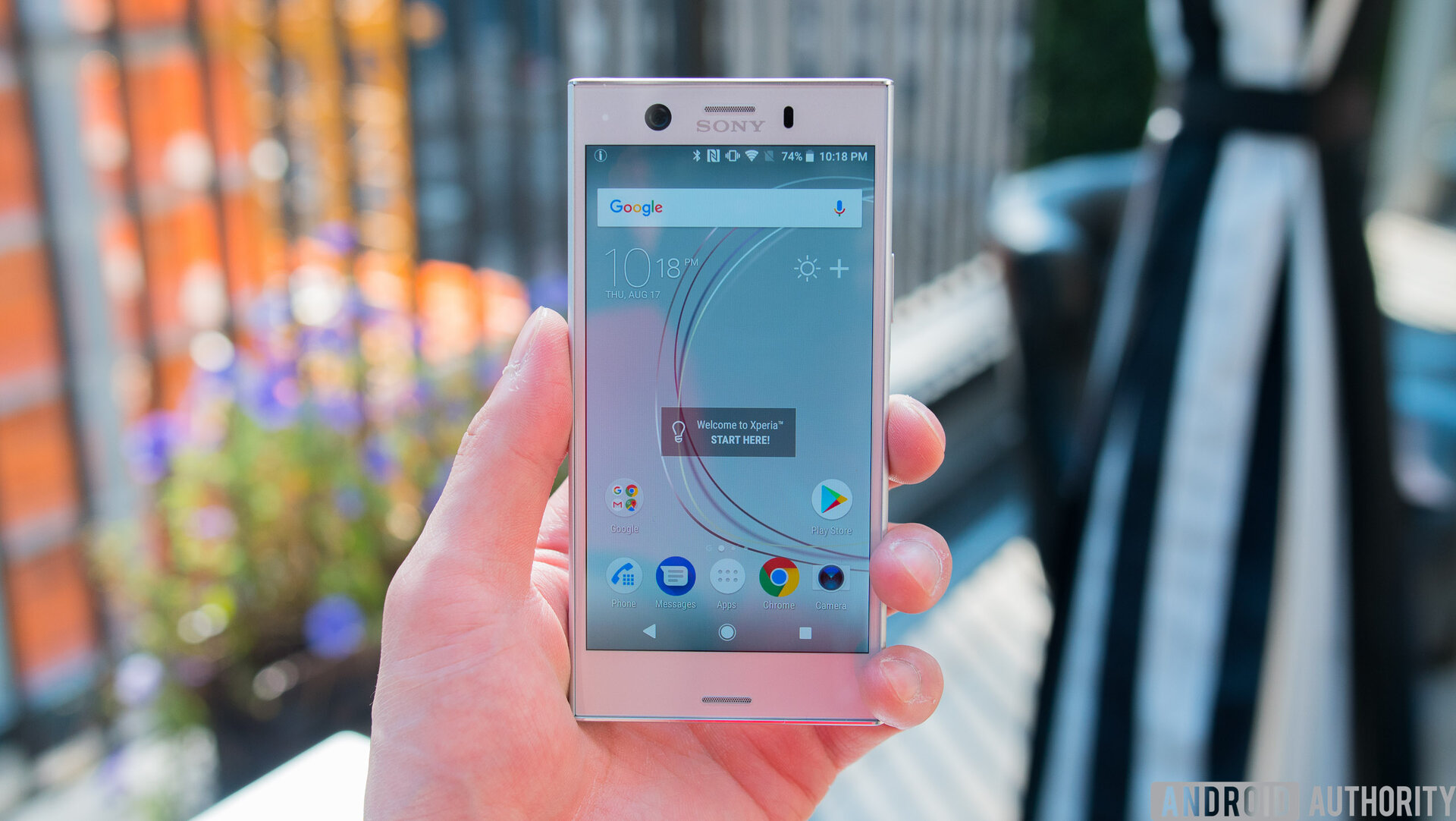
The front camera is designed for selfies and you can quickly switch between the same 8MP camera as the Xperia XZ1, and a super wide-angle view with 12.5mm focal length and 120° field of view, which is perfect for selfies where you want to capture the background. Its powered by the same Snapdragon 835 package with 4GB of RAM, but comes with 32GB of storage, and doesn’t support Gigabit LTE. The battery is 2,700 mAh with Quick Charge 3.0 and the handset will be available in Black, Snow Silver, Blue or Twilight Pink.
A sweet surprise, out of the box
If there’s one thing you can expect to hear more about in the near future, it is Google’s new Android Oreo OS and Sony’s latest devices are the first devices to be announced as running the new software out of the box. Want to know what the new OS brings? Read our full Android Oreo review and check out the key features in the video below:
When are they launching?
A global release is scheduled for both the Xperia XZ1 and Xperia XZ1 Compact. Sony states that the former will be available globally starting September 19, so pretty much right out of the gate. Customers will have to wait a little longer for the Xperia XZ1 Compact though, as this model isn’t expected to start hitting store shelves until October 4 2017.
Availability in the US might be a little more forthcoming than previous Xperia releases, which have typically lagged behind the global rollout. Unfortunately we do know that Sony’s latest smartphone will still be missing fingerprint scanners when they make their way to US markets. This is especially disappointing given that fingerprint scanners have become a very commonly used security feature.
Pricing are a little more dear than before. The Xperia XZ1 is the more expensive of the two, price at $699.99, while the XZ1 Compact is going to cost $599.99. Regional prices may vary a little, but things are looking a little more expensive than when the Xperia Z5 equivalents made their debut. For comparison, the Z5 Compact release launched for around £450/ €699 / $500, while the regular Z5 was priced around £550 / €550/ $600 for the larger model.
Does Sony’s comeback continue?
That’s the Xperia XZ1 and Xperia XZ1 Compact and at least on paper, both devices certainly have a lot to offer. The Motion Eye 3D camera sounds fantastic (and works really well based on our quick demo) and the internals are all on par with other flagships (fingerprint sensor aside that is).
These are the first new devices to run Android Oreo, but it’s more than likely that we won’t see these go on sale until after Google announces, and releases, its new Pixel 2 and Pixel XL2 devices in October. Sony hasn’t moved away from its boxy design, so these devices are definitely a throwback to a previous generation of 16:9 aspect ratio displays, but that’s not necessarily a bad thing.
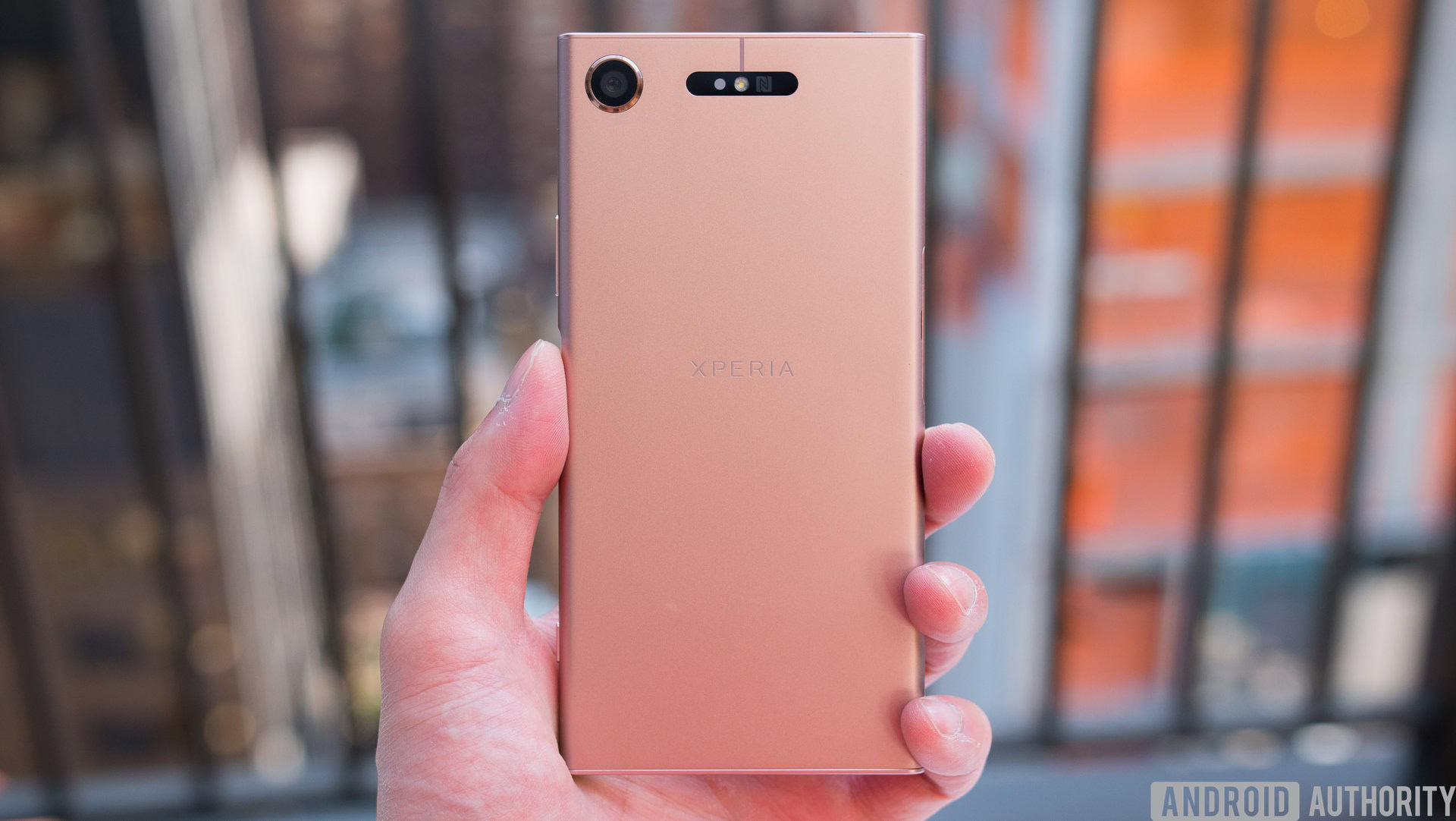
Dive deeper
Interested in hearing more about the new Xperia XZ1 and XZ1 Compact? Check out our other coverage below:
- Analyze the specs. If you’re interested in all the tiny hardware details, our Xperia XZ1 and Xperia XZ1 Compact specs rundown is exactly what you need.
- Real world impressions. Lanh got to play with the new Xperias and he brings you his impressions in our hands-on post.
- What’s the context? Launching at IFA 2017 today is the new LG V30. Spoiler – it’s really good. Check out the hands-on, and have a look at our complete IFA coverage.
What do you think of the Xperia XZ1 and Xperia XZ1 Compact? Do you plan to buy them or do you plan to buy something else? Let us know your views in the comments below!